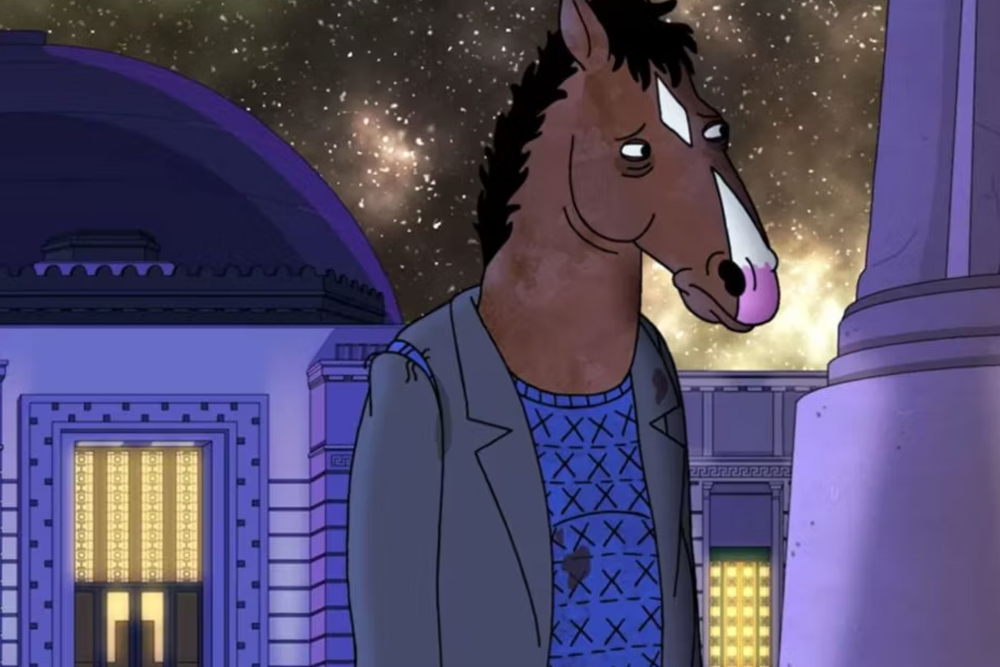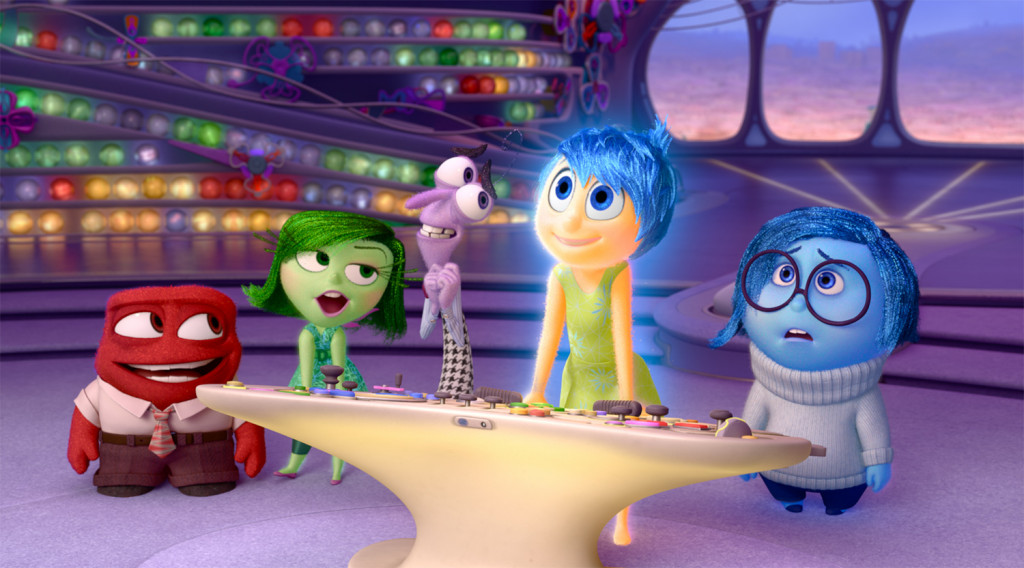Table of Contents (click to expand)
We follow the entire narrative of certain protagonists to see how happiness can follow periods of intense struggle and hardship. Such an ending leaves us feeling satisfied and hopeful.
And they all lived happily ever after…

We grew up on stories such as Cinderella, The Lion King, and Jack and the Beanstalk. As we grew older, we found solace in the arms of young adult fiction like Percy Jackson, Harry Potter and The Hunger Games.
While the themes and worlds of these stories were different, what was consistent were the endings. No matter how dark or tragic these stories got, the end resulted in a positive and relatively happy conclusion for the lead characters.
Of course, that wasn’t always the case. Books like Divergent and The Fault in Our Stars left us with an empty void within ourselves and refused to offer a happy ending, even in a fictional world. However, most stories, at least the most famous ones, tend to end happily.
Life as we know it rarely features the fairy tale happy endings of these books, so what is it about the ‘happily ever after’ trope? Why does it feature so heavily in our fundamental stories, legends and literary parables?
The Basics Of A Story
In the plot of the most basic story, the protagonist is faced with some conflict that they are called upon to resolve. We follow the protagonist’s journey, which leads to a climax where the conflict is finally resolved.
The conflict can keep increasing, or multiple conflicts may occur. It could be as simple as needing to find a dress for a fancy ball, or as complex as trying to find 7 pieces of a shattered soul to destroy the most powerful wizard in the world.
Most stories follow this format, where the resolution is happy. This is the crux of it. We follow the entire narrative to see how happiness can follow periods of intense struggle and hardship. The ending of such a story leaves us feeling satisfied and hopeful.
Stories can be a gateway for us to forget about our own immediate stressors for a bit, help us relax, and engross our minds in the story of another. When these stories conclude happily, it gives us hope that, despite potential downfalls, our stories will turn out happy too.
However, these are not the only endings we pursue. Literature is much more complicated than “happy” and “sad”. It’s full of complex emotions. It’s not just happy endings that we crave; we may also seek catharsis, even if it comes from tragic endings.
In spite of shows like Friends, which provide the viewer with a happy resolution, why do visceral and emotionally intense shows like Bojack Horseman also find such popularity?
Different Endings, Different Purposes
If we assume that stories are viewed as forms of escapism, it seems strange that we would want to engage in stories and endings rooted so deeply in real-world tragedy.
A sad ending doesn’t necessarily mean that the protagonist(s) die or lose. In fact, many stories with sad endings are sad because of a tragedy the protagonist had to face during the story, with the ending showing us how they moved on from it.

BoJack Horseman is a very popular show with incredibly dark themes
Since happy endings are still the norm, some people might see such dark-themed shows as unrealistic or insensitive portrayals of the world. Of course, not everyone is looking for real-world representation in the stories they consume.
Individuals experiencing a negative emotional state may gravitate towards stories with sad endings. Sad-making media can often provide catharsis for people who are already sad, as their feelings will feel more validated, which can help them overcome their episode of sad emotions. A perfectly happy story might sometimes trigger feelings of anxiety or loneliness in people who were already sad (since they might feel like they will never have their own happy ending), ironically making them feel even more negative emotions.
I have personally binged BoJack Horseman a lot when I’ve had depressive episodes. And while the show is filled with dark themes, it brought me some solace to feel like I wasn’t alone, and that there are other people (represented through those characters) who also suffer in some ways, but eventually, life goes on.
Also Read: Why Do We Like Horror Movies?
Conclusion
As we saw above, sad endings have their own place in our lives. They can not only be cathartic, but can also be educational and depict the world in a very real manner. For example, in The Fault in Our Stars (spoilers ahead) Hazel loses Augustus (the love of her life) to cancer. It is a devastating ending that still brings tears to many eyes, but it also makes us realize the fleeting and unpredictable nature of life. It shows us how hauntingly beautiful love can be, and encourages us to not take things for granted, because who knows what tomorrow holds.
It is complicated to establish whether certain endings are good or bad. The emotional complexity of human beings is too vast to be able to categorize stories into an objective “good or bad”. Some people gravitate more towards sad stories, as they can be therapeutic for them. Others might be in denial about the tragedies of real life and find sad stories to be detrimental to their mental state. In the end, we don’t just crave happy endings. We crave all kinds of emotion in the stories we consume, whether it be happy, tragic, nostalgic, etc. Happily ever afters might still be the dominant ending choice, but we have plenty of emotions and emotional needs outside of just being happy.
Also Read: What Are Tragic Heroes? Were Shakespeare’s Othello And Macbeth Tragic Heroes?

How well do you understand the article above!

References (click to expand)
- Rieger, D., & Bente, G. (2018). Watching down cortisol levels? Effects of movie entertainment on psychophysiological recovery. Studies in Communication | Media. Nomos Verlag.
- Purnell, D., & Bowman, J. (2014, October 28). “Happily ever after”. Narrative Inquiry. John Benjamins Publishing Company.
- Koopman, E. M. (Emy) . (2015, October). Why do we read sad books? Eudaimonic motives and meta-emotions. Poetics. Elsevier BV.
- Till, B., Niederkrotenthaler, T., Herberth, A., Voracek, M., Sonneck, G., & Vitouch, P. (2011, January). Coping and Film Reception. Journal of Media Psychology. Hogrefe Publishing Group.
